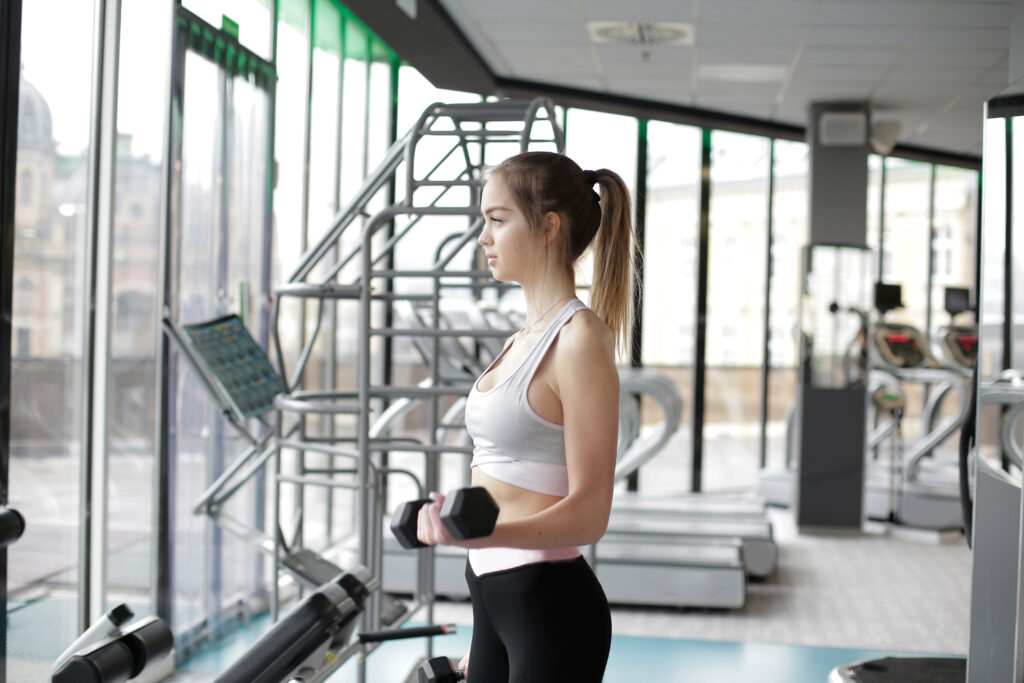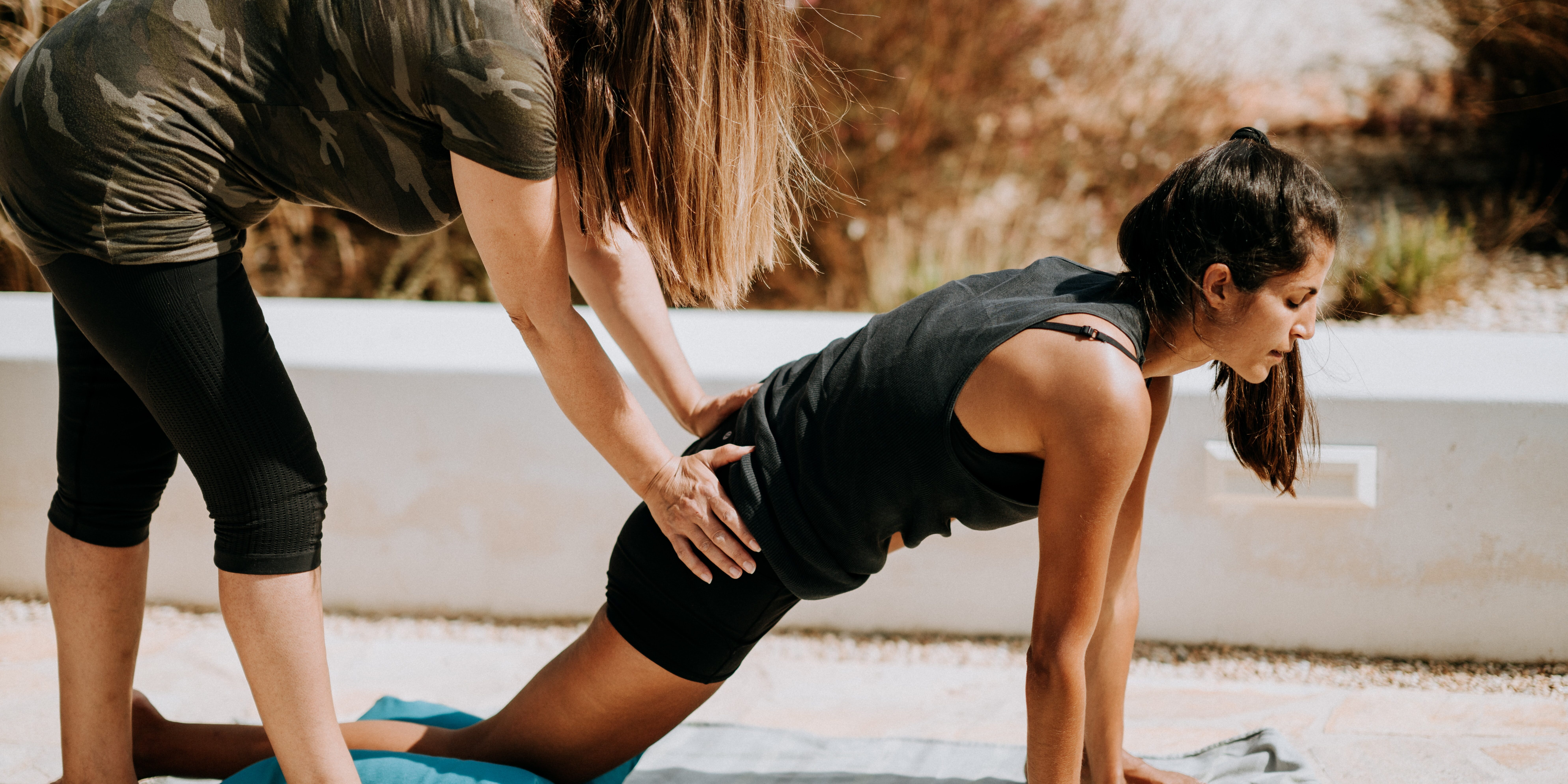When it comes to helping youth athletes reach their full potential and stay healthy, training year-round isn’t just a “nice to have” — it’s a non-negotiable.
Whether your athlete is in-season, off-season, or somewhere in between, consistent strength and conditioning plays a critical role in injury prevention, long-term performance, and overall confidence in and out of sport.
Here’s why:
1. Strength is Easier to Maintain Than Regain
One of the biggest mistakes young athletes (and parents) make is taking long breaks from training during the season, thinking sport practices are “enough.” But here’s the truth:
Strength, power, and conditioning deteriorate quickly without consistent training — especially during busy game schedules.
It takes far less effort to maintain strength than it does to build it back after a layoff. Just one or two well-structured sessions a week during the season can help athletes stay strong, explosive, and resilient.
2. Stopping Training = Losing Progress in Key Athletic Qualities

Athletes who stop training mid-season often notice a drop in:
- Power (less explosive cuts, jumps, and sprints)
- Conditioning (more fatigue during games)
- Speed & reaction time
- Overall movement quality
Consistent training keeps these qualities sharp and helps athletes perform their best — not just at the start of the season, but through playoffs and beyond.
3. Sport Itself Creates Imbalances — Training Helps Fix Them
Most sports involve repetitive, one-sided movements:
- Kicking with one leg
- Throwing or hitting with one arm
- Constant rotation in one direction
These imbalances can lead to:
- Tight hips or shoulders
- Overuse injuries (especially in knees, ankles, and backs)
- Compensation patterns that affect performance and long-term health
A good training program helps restore balance, with focused work on:
- Core stability
- Hip and shoulder mobility
- Strength symmetry across limbs
4. Training During the Season Shouldn’t Be Crushing — It Should Be Smart
At Wildewood, we know how to adapt strength & conditioning for in-season athletes. It’s not about pushing harder — it’s about training smarter.
In-season sessions are designed to:
- Prioritize movement quality and activation
- Avoid soreness by minimizing eccentric (negative) loading
- Keep intensity high but volume low, so athletes don’t feel burned out
- Maintain rhythm, sharpness, and recovery
5. It’s About More Than Sport — It’s About Lifelong Wellness

When youth athletes train year-round, they’re not just becoming better athletes — they’re becoming more confident, healthy humans.
They learn:
- ✅ How to move well
- ✅ How to stay consistent
- ✅ That the gym is a positive, empowering space — not an intimidating one
These are habits that last well beyond high school sports, setting the foundation for lifelong wellness and confidence in their bodies.
Conclusion: Why Parents Should Prioritize Year-Round Training
If you’re a parent of a youth athlete, investing in year-round strength and conditioning isn’t just about performance — it’s about keeping your child healthy, strong, and confident in their sport and in life.
The best athletes — and the healthiest ones — don’t stop training. They adjust, adapt, and stay consistent.
So whether your child is in-season, off-season, or somewhere in between, make sure they’re getting the support they need to move well, stay strong, and thrive.






